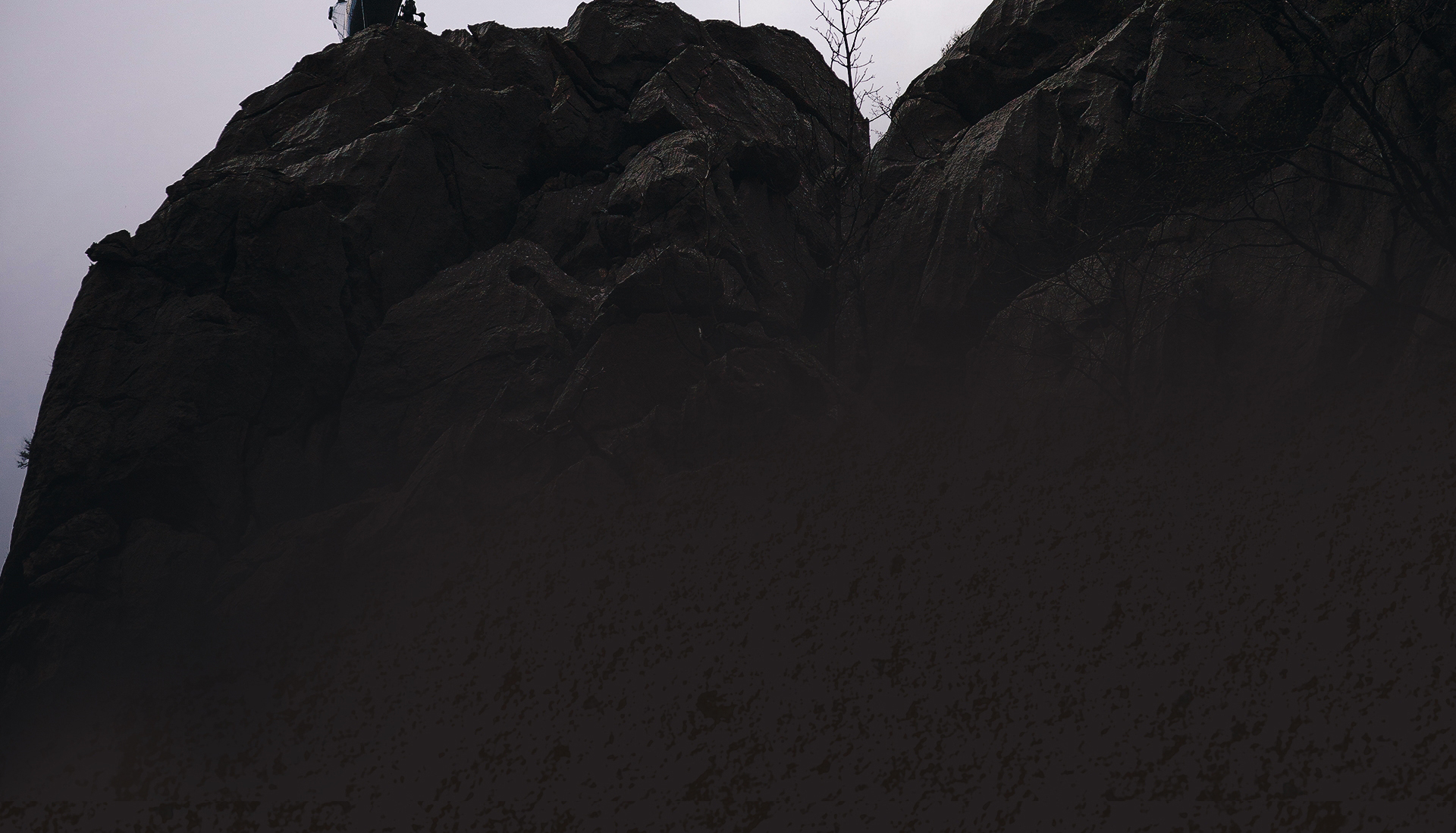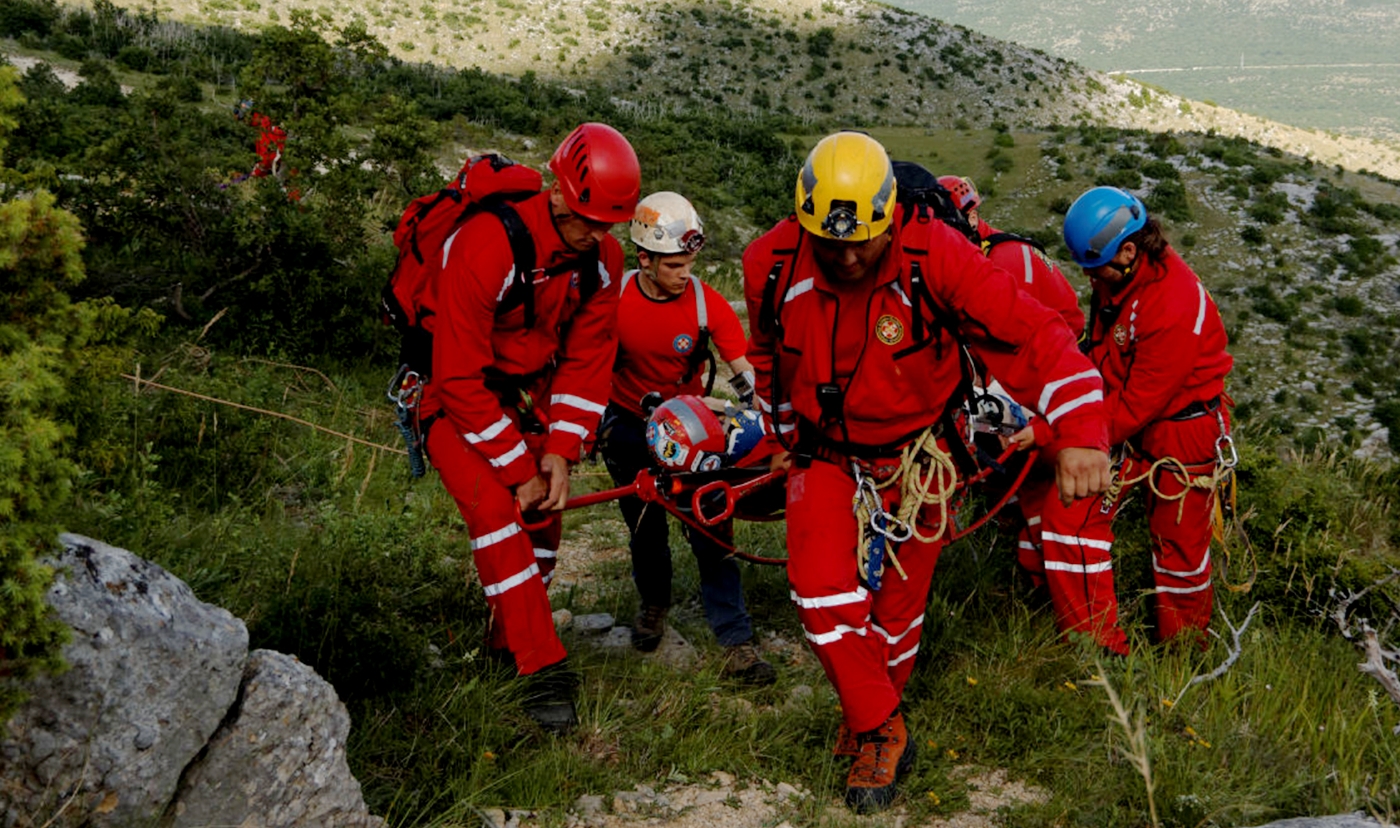In order to act properly in the event of an accident, the first rule is to maintain composure, and to calm the others down.
Therefore, in case of an accident, the following guidelines apply:
- stay calm and calm the others down
- protect the casualty and yourself from an imminent danger (fall, cold, sun, humidity, etc.) in the best possible way
- provide first aid to the casualty to the best of your skills and abilities
- mark the place of the accident or the place where the injured person is located (especially in winter)
- report the accident to the CMRS immediately
The accident in mountains or other hardly accessible terrains where the CMRS assistance is required may be reported by contacting:
- European emergency number: 112
- the local CMRS teams
- the CMRS information points (usually furnished mountain huts visibly marked with
- the CMRS inscription and emblem)
- the police (tel .: 192)
- the emergency medical service (tel .: 194)
- any member of the CMRS
Information on the accident should contain the following details:
- name and mobile phone number of the person reporting the accident
- location of the incident (with as many details as possible)
- name, gender and age of the casualty
- the nature of injuries or emergency – what happened?
- steps taken up to that moment (first aid, entities notified of the accident)
- weather conditions at the accident site
- description of access to the accident site
- most efficientcall for help is one with added GPS coordinates from smartphone
Mountain distress signal
The distress call in the mountains or on rock faces is made using light or sound signals. The distress call is repeated six times in the minute (every ten seconds). It is to be repeated after one minute of break in the same manner. The reply to such a signal is given with three successive indications per minute and likewise repeated after one minute of break. Calls and replies continue until clear connection is established.
The firing of a red flare is also a sign that assistance is required.
Moreover, if you wish to communicate with a helicopter in sight, raise both arms up and aside (forming the letter Y) to indicate “Yes” or “I need help”.
Mark the place of the accident with waving astrofoil (silver side). If location is shaded or during nightime night time use mobile or camera flashlight.




